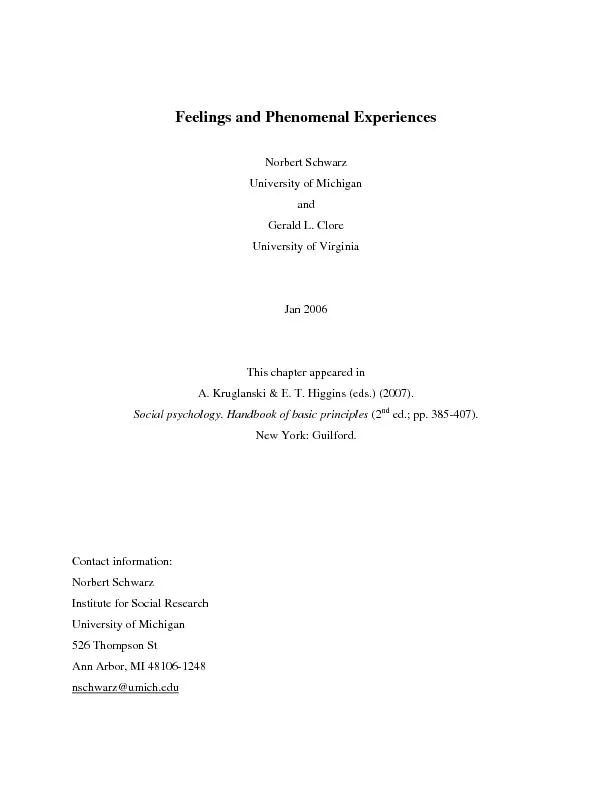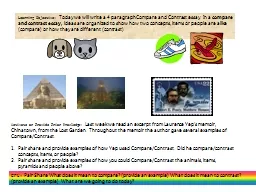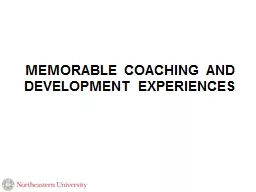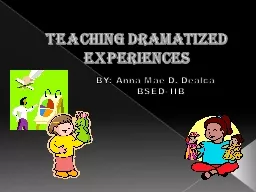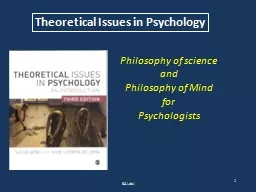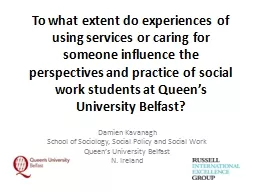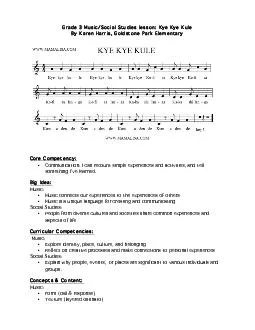PDF-Feelings and Phenomenal Experiences
Author : sherrill-nordquist | Published Date : 2016-05-07
Norbert Schwarz University of Michigan and Gerald L Clore University of Virginia Jan 2006 This chapter appeared in A Kruglanski E T Higgins eds 2007 Social psychology
Presentation Embed Code
Download Presentation
Download Presentation The PPT/PDF document "Feelings and Phenomenal Experiences" is the property of its rightful owner. Permission is granted to download and print the materials on this website for personal, non-commercial use only, and to display it on your personal computer provided you do not modify the materials and that you retain all copyright notices contained in the materials. By downloading content from our website, you accept the terms of this agreement.
Feelings and Phenomenal Experiences: Transcript
Download Rules Of Document
"Feelings and Phenomenal Experiences"The content belongs to its owner. You may download and print it for personal use, without modification, and keep all copyright notices. By downloading, you agree to these terms.
Related Documents

